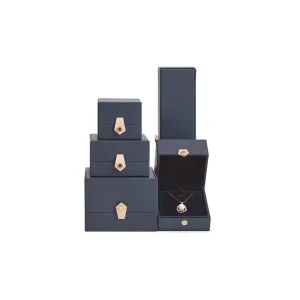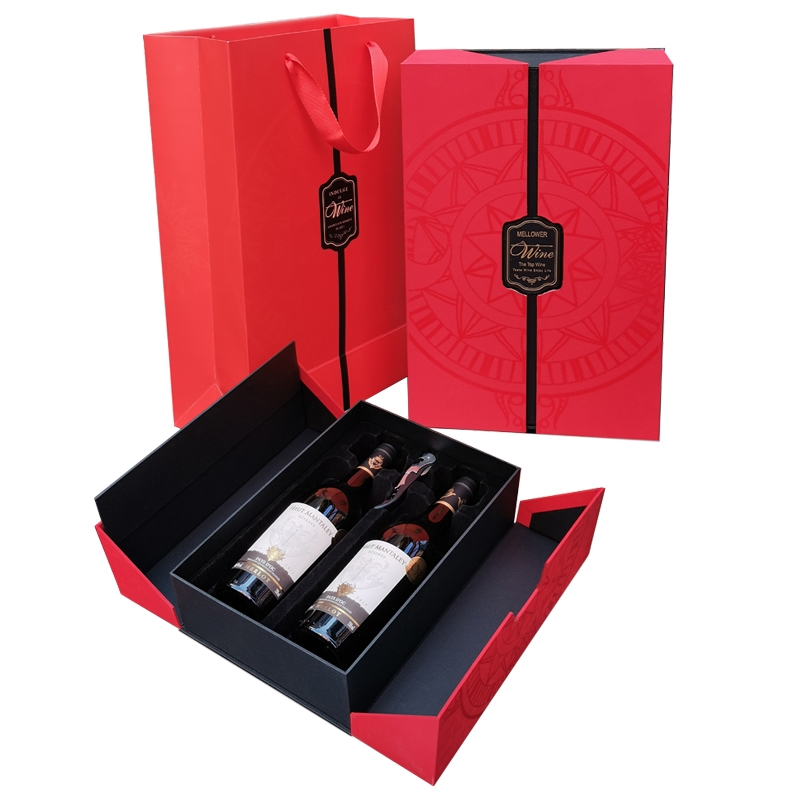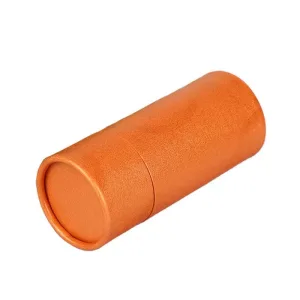Food packaging is an essential part of the food industry that ensures the quality and safety of food products. In addition to preserving freshness, flavor, and nutritional value, effective food packaging can provide consumers with important information. However, food packaging also plays a crucial role in preventing contamination and ensuring food safety. This post will discuss what to look for in food packaging.
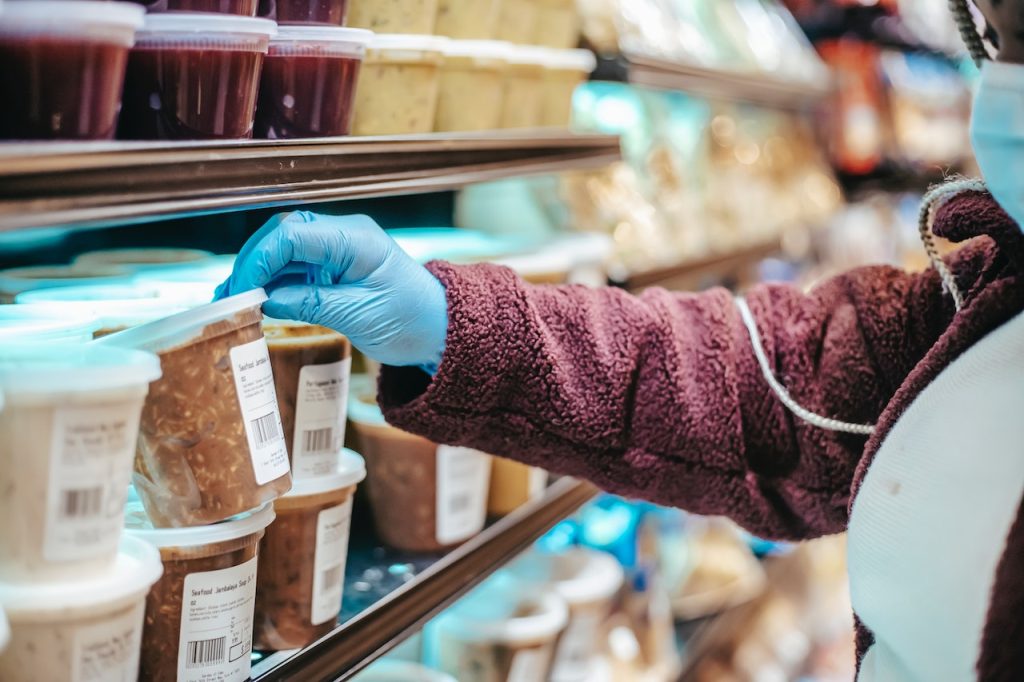
Factors to Consider in Food Packaging
Regarding food packaging, several factors need to be considered to ensure the quality and safety of the product. Here are some of the most important things to pay attention to:
1. Material selection
The materials used in food packaging should be carefully selected based on the product and the packaging process. Common food packaging materials include plastic, metal, paper, and glass. Each material has its unique advantages and disadvantages. For instance, plastic is lightweight, durable, and affordable, but it may contain harmful chemicals that can leach into food. Glass, on the other hand, is inert and non-reactive, making it an excellent choice for preserving the flavor and aroma of food products, but it is also more fragile and expensive.
2. Barrier properties
The packaging material should act as a barrier against moisture, oxygen, light, and other external factors that can affect the quality and safety of food. Different food products require different levels of protection. For example, fresh produce may need breathable packaging to prevent moisture buildup, while dry goods such as snacks and cereals may require airtight packaging to prevent staleness.
3. Product compatibility
The packaging material should be compatible with the food product it is meant to contain. Some food products are acidic or high in oil content, which can degrade the packaging material and affect the quality of the food. For instance, acidic food products like tomato sauce should be packaged in glass or plastic that has been treated to resist acid corrosion.
4. Labelling requirements
Food packaging should provide clear and accurate information about the product to consumers. This includes ingredients, nutrition facts, expiration dates, allergens, and storage instructions. Labels should be easy to read and placed prominently.
5. Environmental impact
Food packaging should also be environmentally responsible. This means using materials that are recyclable, biodegradable, or compostable. Food packaging can generate significant waste, so reducing waste through eco-friendly packaging is crucial for minimizing environmental impact.

Examples of Food Packaging Materials and Applications
Now that we’ve discussed the factors to consider in food packaging let’s look at some of the most common materials and applications.
1. Plastic
Plastic is a versatile material used in food packaging. It is lightweight, affordable, and available in various shapes and sizes. It can be used to make packaging for various food items, including beverages, snack foods, and fresh produce.
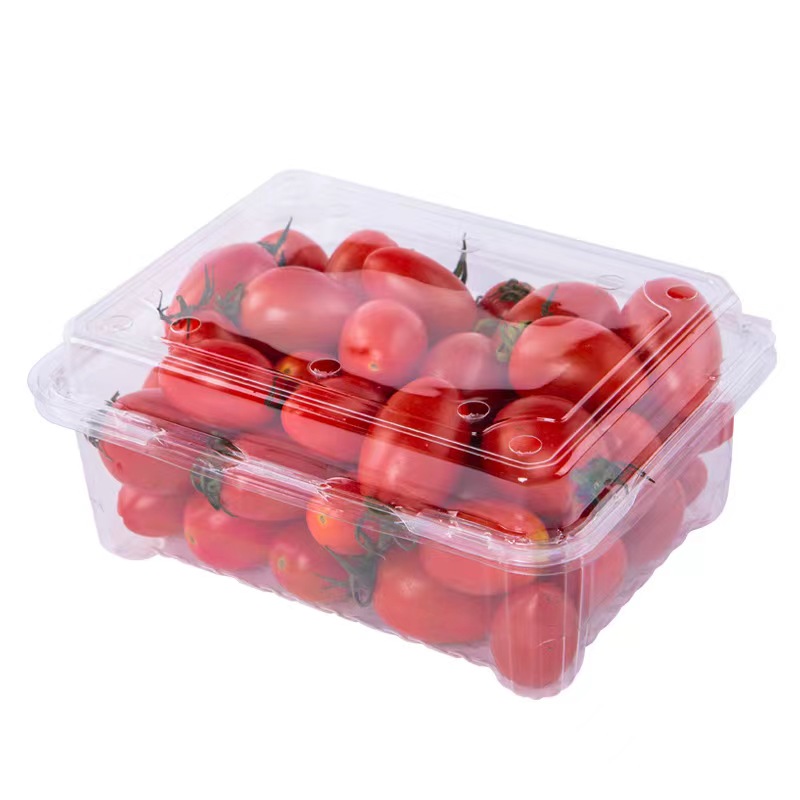
2. Glass
Glass is a popular material for food packaging due to its inert nature, which means that it does not interact with food, altering its taste or smell. Glass containers are widely used for preserving jams, pickles, sauces, and juices.

3. Paper
Paper is a natural and biodegradable material that is used in food packaging. It can be used to create packaging for dry goods, such as cereal, pasta, and snack foods. Paper is also used to create packaging for bakery products, including bread and pastries.
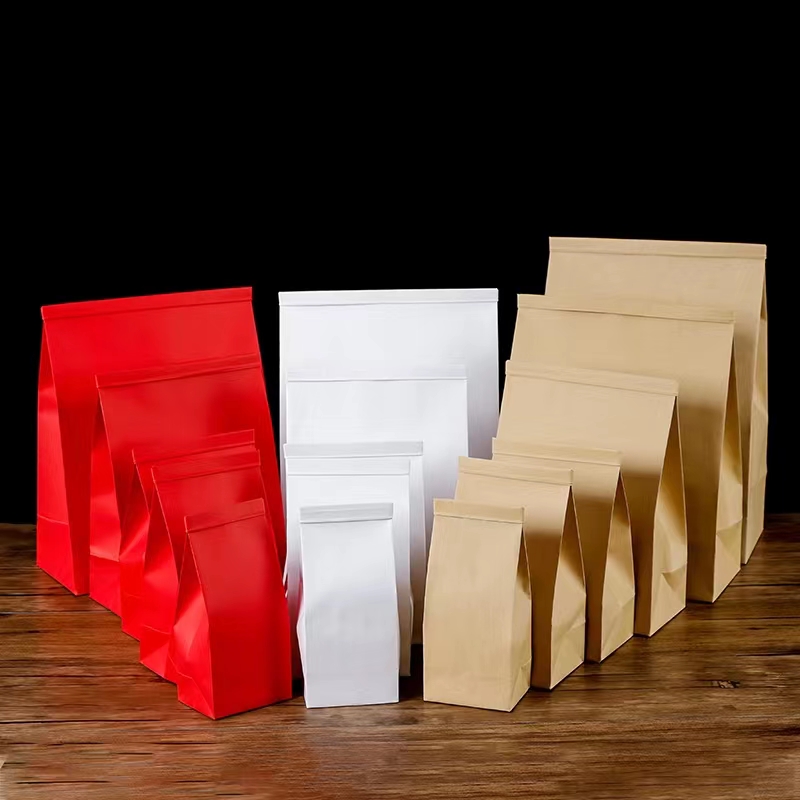
4. Metal
Metal is a durable material that is used in food packaging due to its strength and resistance to punctures and tears. Metal cans are commonly used for packaging canned fruits, vegetables, and meat products.
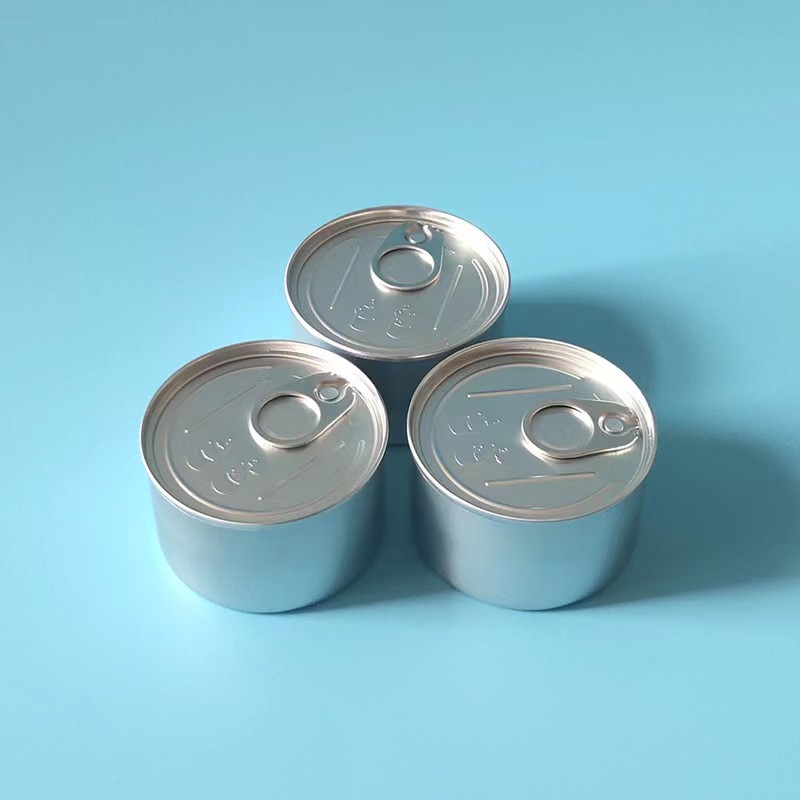
5. Biodegradable materials
Biodegradable materials are becoming increasingly popular in food packaging as they are more sustainable and eco-friendly than traditional materials. Examples include packaging made from plant-based materials such as cornstarch, sugarcane, and bamboo.

6. Foil
Foil is a popular material for packaging foods that need to be preserved for longer periods of time, such as frozen foods, snacks, and confectionery items. It is also used for wrapping food items to keep them fresh.

In conclusion, food packaging is critical to the safety and quality of food products. Choosing the right packaging material, ensuring that it has appropriate barrier properties, and considering shelf life, ease of use, and regulatory compliance are all critical factors to consider in food packaging. By paying attention to these aspects, manufacturers can create packaging that meets consumer expectations, meets regulatory requirements, and protects the quality and safety of food products.



